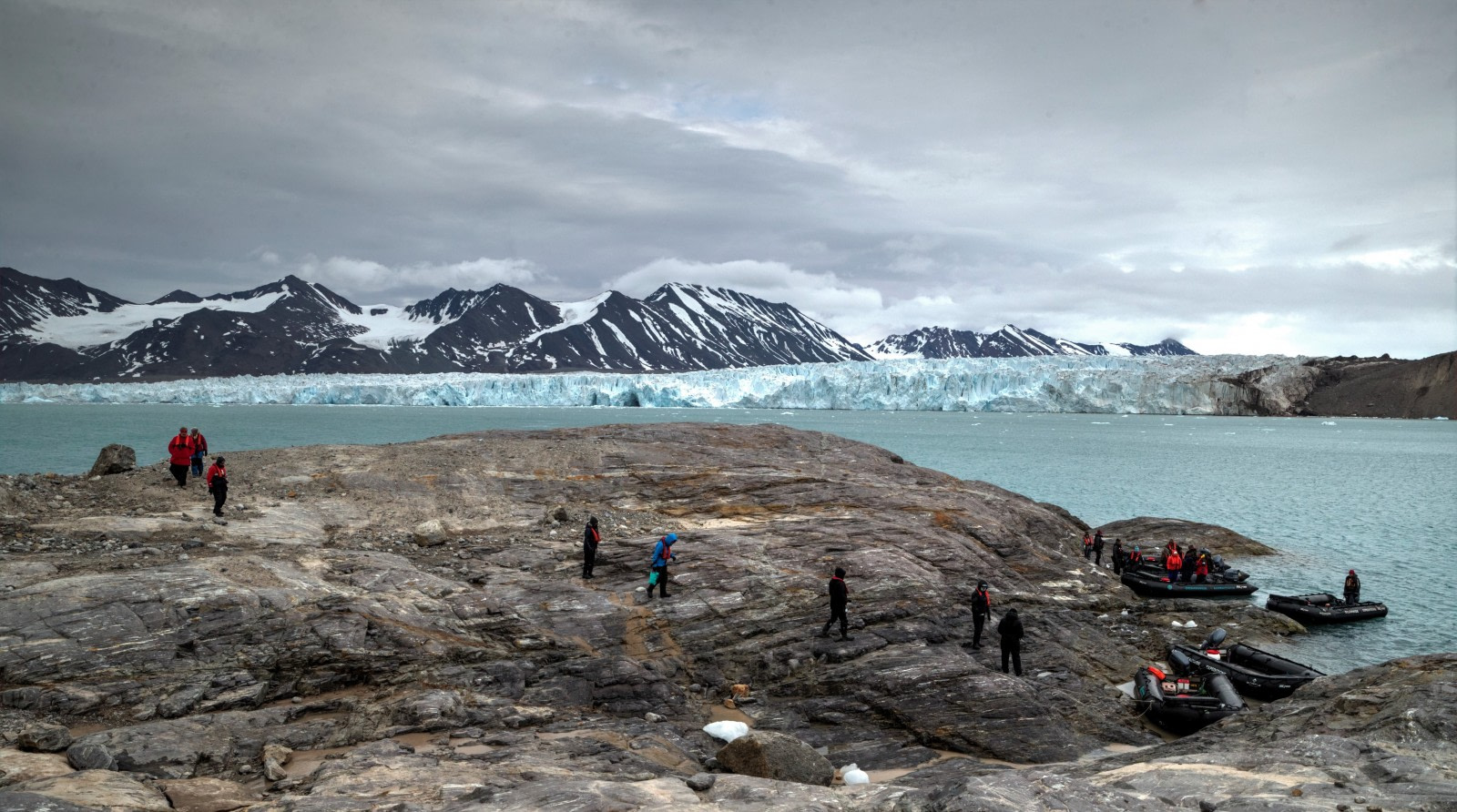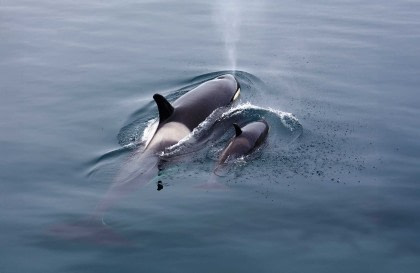Our seven favorite Svalbard islands
Svalbard is an Arctic archipelago located between the North Pole and the Norwegian mainland, and its islands offer visitors some of the most beautiful wildlife and landscapes in the world. Here we discuss seven of the seven Svalbard islands we most visit, highlighting the many wonders that keep people coming back year after year.
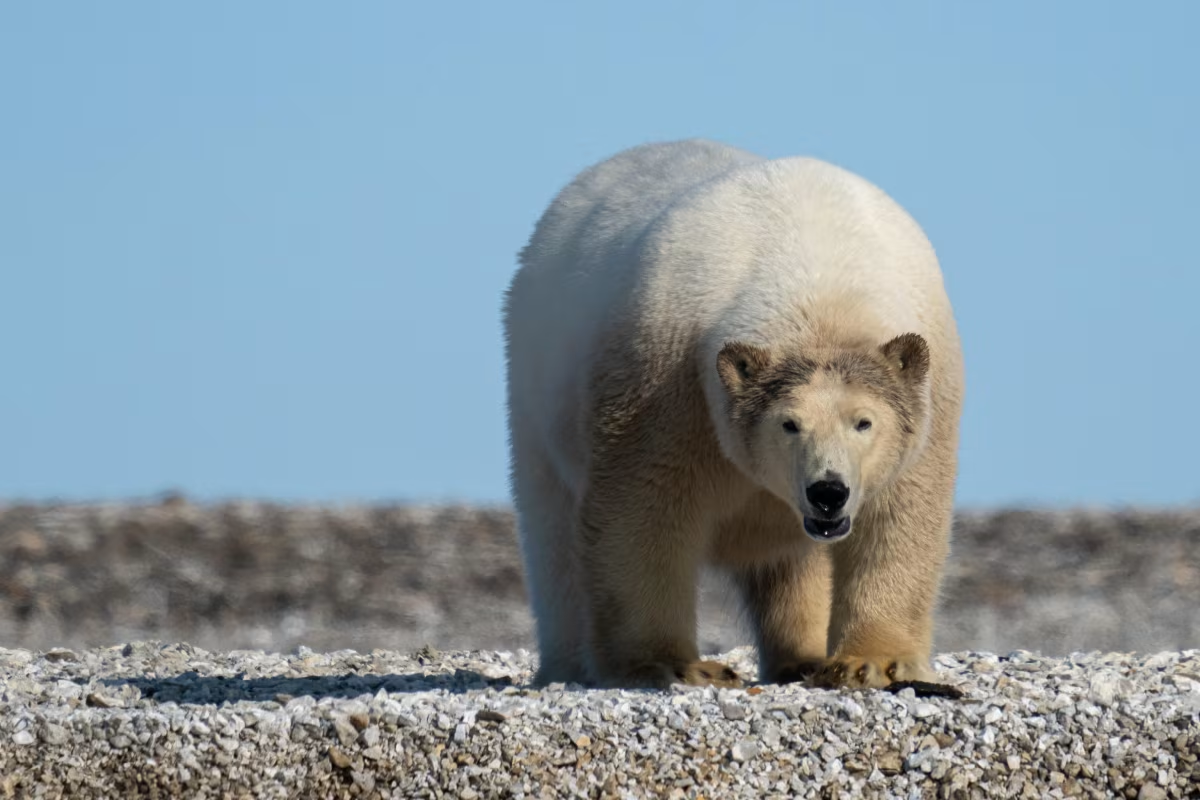
Spitsbergen
The largest island of Svalbard, Spitsbergen measures 39,044 square km (15,075 square miles) and is the only one with a permanent human population. So important is this island, in fact, that the archipelago itself was once called Spitsbergen, while the island of Spitsbergen was called West Spitsbergen. To some people, mostly Dutch, there is still debate over whether the island group should be called Svalbard or Spitsbergen. But to most of the world, these islands are known as Svalbard.
Spitsbergen is characterized by deep fjords and sheer mountains, which explains why it got its name: Spitsbergen means "pointed mountains" in Dutch. On the western part of the island, the landscape is considered wild alpine, with glaciers that fall into the sea and high peaks that reach more than a 1,000 meters (3,000 feet) high. In much of the eastern part of the island, however, there are fewer fjords and a thick ice cover. This thick ice comes from the lack of Gulf Stream on that side, along with the snowfall that comes from the east with the winter winds. The central part of Spitsbergen is sheltered from rain and snow, so it is drier. While there is less ice here, there are still glaciers in the valleys between mountains.
The ice-free areas of Spitsbergen are some of the most fertile in Svalbard, where species like reindeer, Arctic foxes, and a variety of seabirds (such as kittiwakes) can be seen. Polar bears are not uncommon in these areas either, as Svalbard is one of the best places on the planet to see these majestic animals. The fertile areas of Spitsbergen are where we tend to lead hiking parties, since there are fewer glaciers and far more wildlife to be enjoyed.

Image by Pierre Gallego
Nordaustlandet
Translating to Northeast Land, Nordaustlandet is the second largest island of Svalbard at nearly 15,000 square km (5,800 square miles). Because its north coast is farther north than the main island, the climate is considered High Arctic. As with Spitsbergen, there is also no Gulf Stream to provide additional warmth. For these reasons, Nordaustlandet is typically iced over during the winters and partially (or fully) covered even in summer. The ice is so thick that even vessels with reinforced hulls cannot circumnavigate the island at that time.
Nonetheless, the northern part of this Svalbard island is usually ice free due to wind and ocean currents. As such, in the north and west of the island, there are steep fjords laid bare to the eye. In the east and south, meanwhile, the ice keeps the landscape well hidden.
While vegetation on Nordaustlandet is sparse, wildlife is quite diverse. Reindeer and Arctic foxes roam the area, and breeding colonies of seabirds can be seen. Along the shorelines you might spot seals, walruses, and polar bears. Humans are one of the scarcest animals on Nordaustlandet, since the island has only a few automated weather stations. But of all the islands of Svalbard, this one remains among the more popular for Arctic trips due to its remoteness: we mainly see Nordaustlandet during our Spitsbergen circumnavigations or voyages to northern Svalbard.
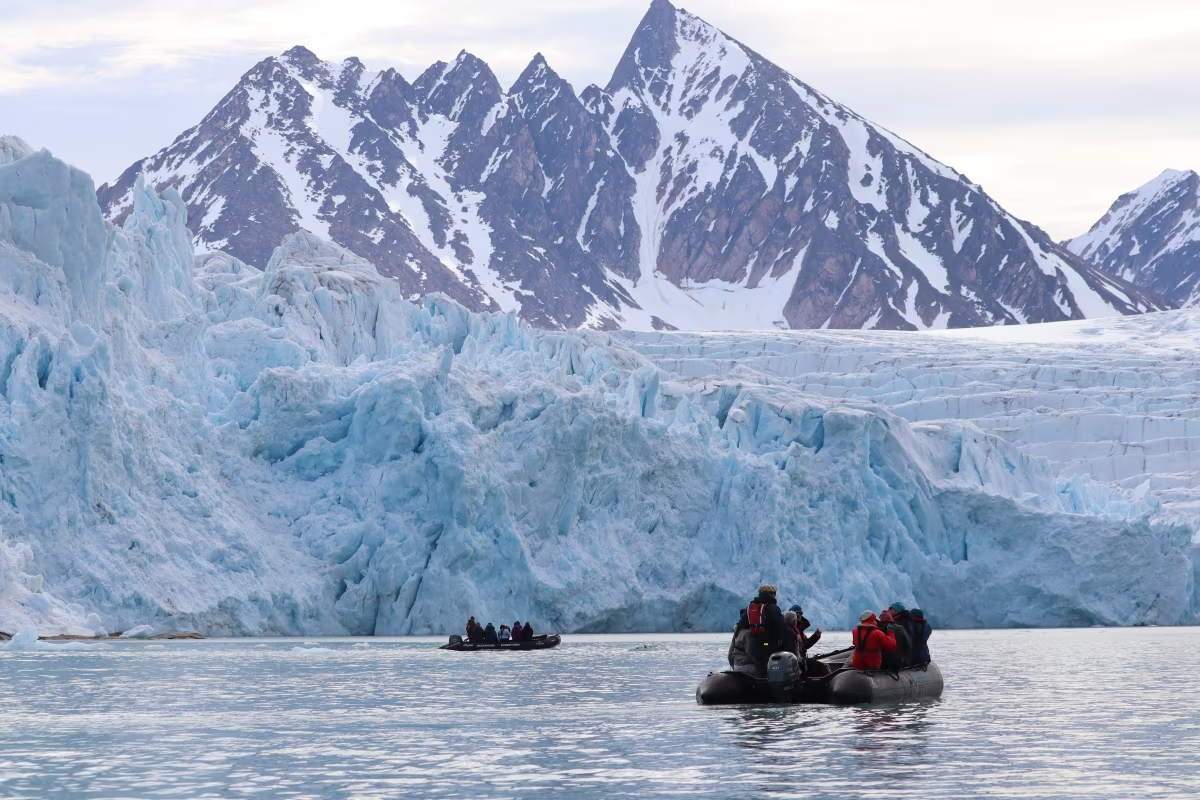
Edgeøya
This island is the third largest in Svalbard at 5,100 square km (2,000 square miles). Edgeøya has a High Arctic climate influenced by ocean currents from the east, so the sea south of the island is packed with ice even during summer. The island is made of horizontally layered sedimentary rock, imparting a mainly plateau landscape cut by glaciers. The west and north parts of the island are typically ice free in contrast to the east, which is thickly covered in ice.
Not surprisingly, there are no permanent settlements on this Svalbard island, though there are a few scientific research cabins. There are also remains of old cabins from whale and walrus hunters dating back to the mid-1600s as well as small Pomor settlement artifacts.
Edgeøya, which means "edge island," is home to many flat islets that serve as fertile breeding grounds for geese, ducks, auks, and various other seabirds. The walrus and seal populations, once depleted by hunting, have recovered. And to add to the island's charm, it is one of the best places to see reindeer and polar bears in all of Svalbard. Some of Edgeøya's allure might be due to how seldom it is visited, though we see often see it during several of our Svalbard cruises. In fact, much of eastern Svalbard is known for its distinct appeal.
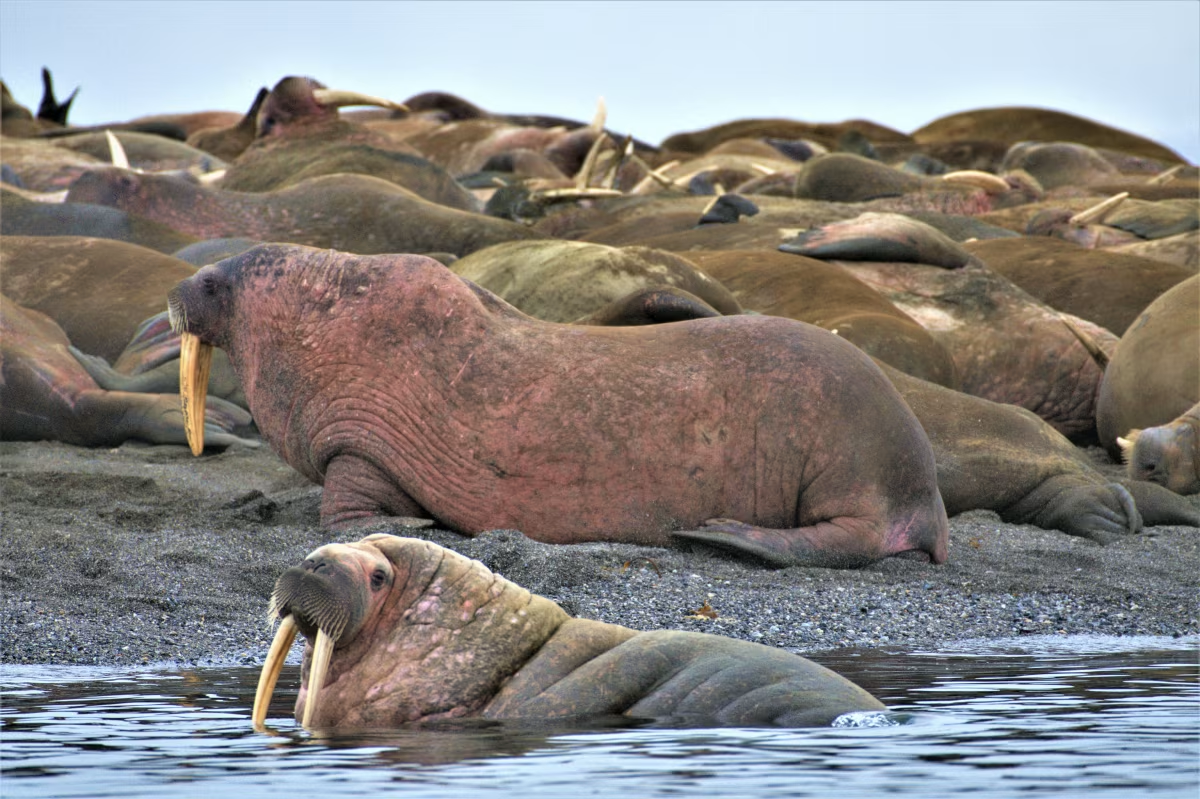
Barentsøya
From the center of this ruggedly scenic island, glaciers extend outward toward the sea. Barentsøya is nearly half glaciated and is part of the Søraust-Svalbard Nature Reserve. Until 1858, it was believed Barentsøya was part of Edgeøya before a channel was discovered that separated them. The landscape is volcanic but has rich plant life on the tundra, supporting a decent population of reindeer. Barentsøya's steep cliffs are also home to colonies of kittiwakes, which in turn attract Arctic foxes, and the island serves as an important migration and denning area for polar bears. Barentsøya is named after Dutch navigator Willem Barentsz, though he never saw the island himself.
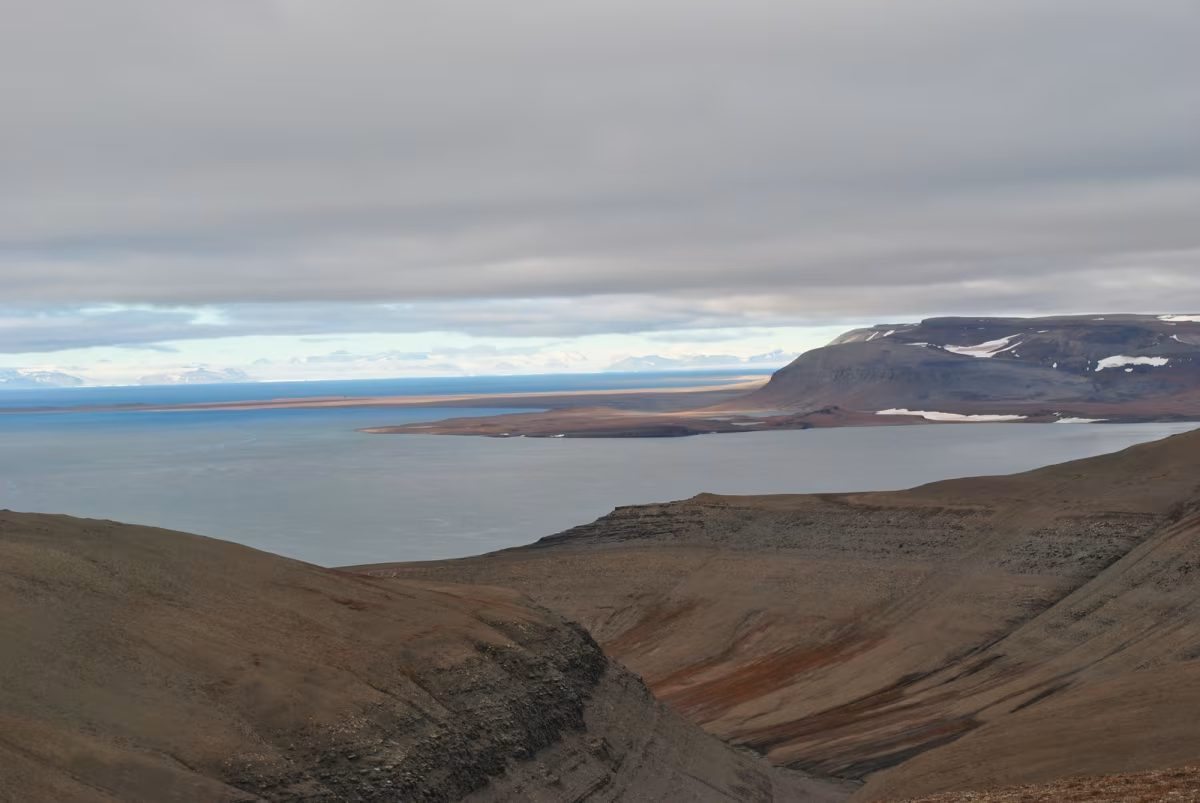
Kvitøya
This Svalbard island is covered by a thick ice dome that in some parts is over 400 meters (1,300 feet) thick - hence its nickname, "White Island." Kvitøya lies close to the Russian border, and travelers who visit the island can enjoy viewing the colossal icecap of Kvitøyjøkulen. While Kvitøya does not have many animals here, wildlife is plentiful on its few clear spots: Arctic terns, red-throated divers, and polar bears. Birds arrive at Kvitøya during the breeding season, while there is a healthy walrus population that uses the island as a haul-out area.
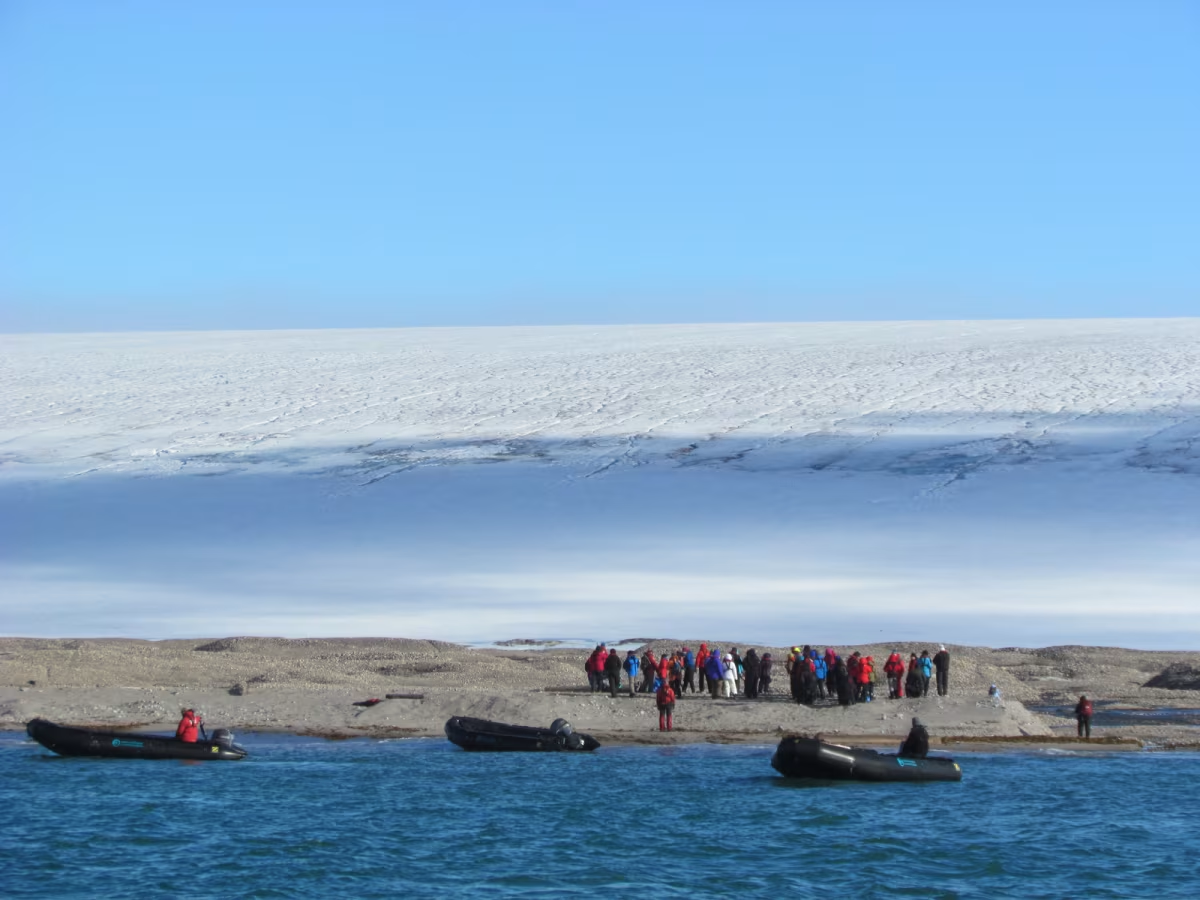
Bjørnøya
Translating to Bear Island, Bjørnøya is Svalbard's most southern island, lying about halfway between the southernmost point of Spitsbergen and the Norwegian mainland. The coast of this small Svalbard island is dramatic, featuring many cliffs and rock formations. The most famous of these formation is the Perleporten, a mssive tunnel under the Kapp Kolihoff.
Bjørnøya supports a range of flora and fauna due to its mid-latitudinal position, including birds that dominate the steep cliffs. Indeed, some of these cliffs are home to the largest bird colonies in the Arctic. Guillemot, little auk, kittiwake, and a variety of gulls are among the species that call this island home, not to mention its many bearded seals and ringed seals.
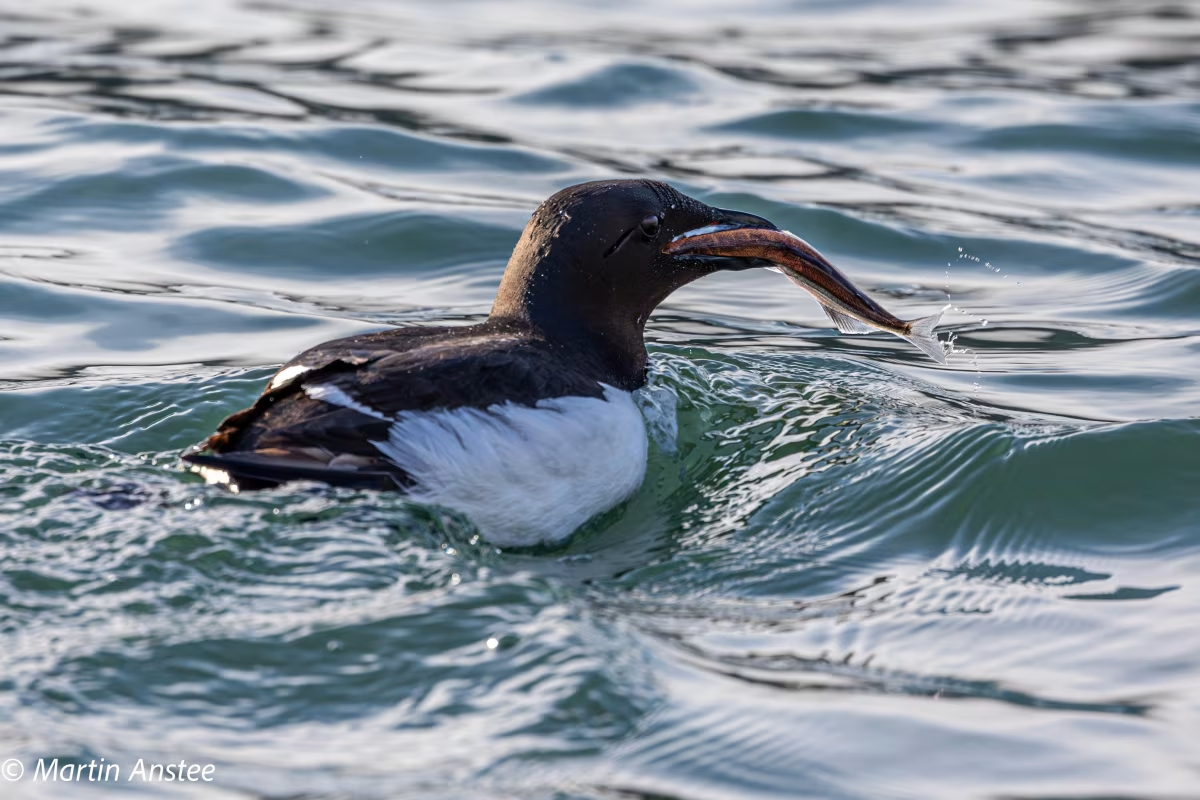
Sjuøyane
Our last entry is not one island but seven, which perhaps makes it a fitting conclusion to our list of favorite seven Svalbard islands. Sjuøyane, translating to "Seven Islands," lies north of Nordaustlandet and is part of the Northeast Svalbard Nature Reserve. These far-flung islands are known for their clinging plant life, colorful Arctic flowers, and striking geological formations. Along with auks, guillemots, gulls, and puffins, the islands support walruses, reindeer, Arctic foxes, and the occasional polar bear. Being only 1,024 km (637 miles) from the North Pole, they represent some of the planet's northernmost landmasses.

Image by Jamie Scherbeijn
Title image by Viviane Declerck
